Know Your First Aid For Australia’s Most Common Sports Injuries
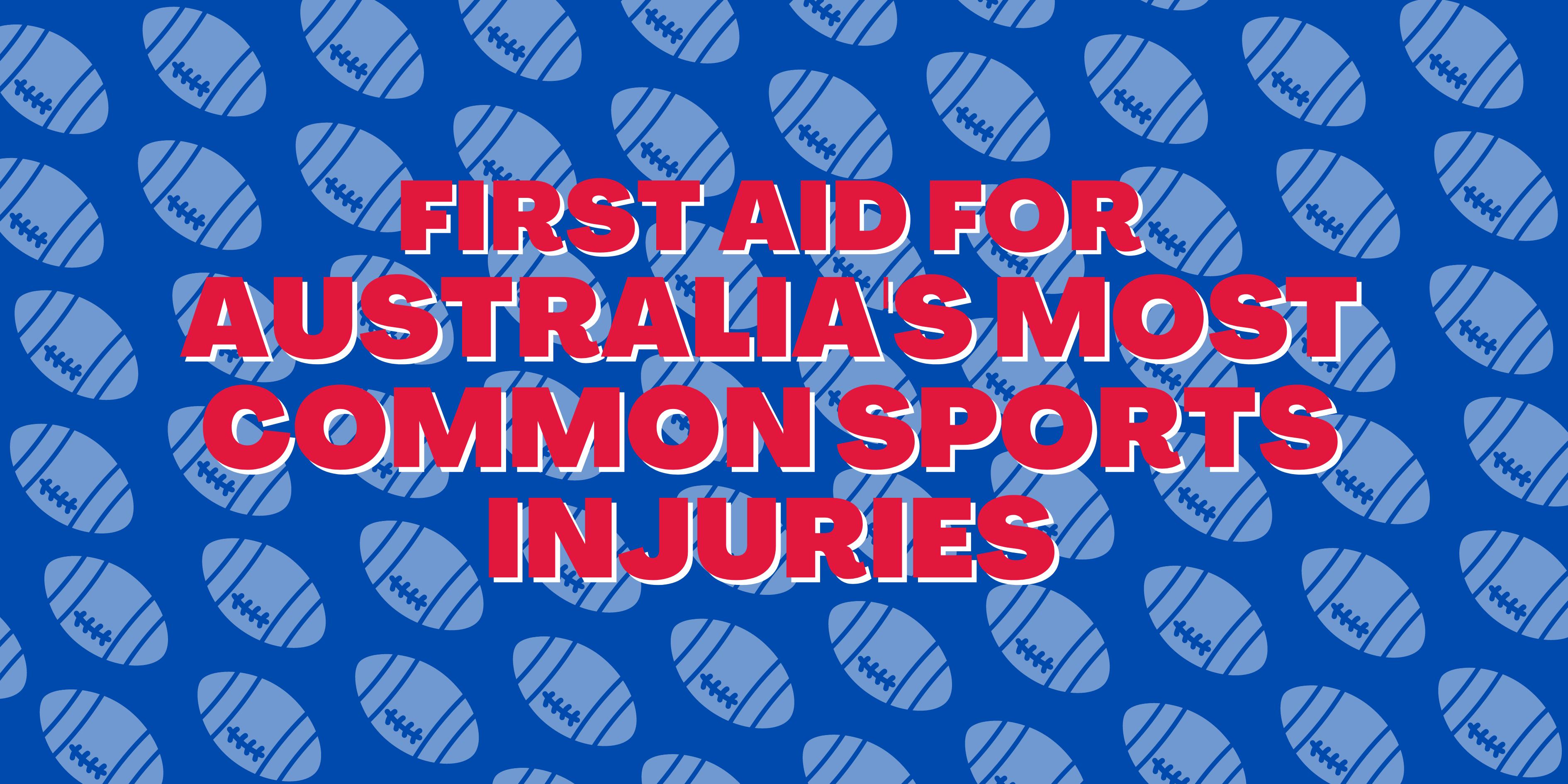
It’s kick-off time! Sporting teams across the state are kicking off their sporting season, which means players are hitting the ground harder, faster and with more intensity than ever in a bid to position themselves as a leading contender within the first few rounds of the season.
It’s important that from the beginning of a new sporting season precautions are taken, players listen to their bodies, coaches don’t push their team beyond their physical capabilities and First Aid procedures are put in place to respond to common sports injuries when they occur.
Football, rugby, soccer and netball players are all at risk of suffering from the same common sports injuries. It’s not just the duty of the player, but it’s the responsibility of the coaches, trainers and clubs alike to ensure that every sporting injury, big or small, is provided with First Aid in the initial moments of an injury occurring.
Follow our steps on how to provide First Aid for the most common sports injuries in Australian sports.
Australia’s Most Common Sports Injuries
Millions of Australians participate in one team sport or another over our winter sporting season, which unsurprisingly results in a number of common sports injuries. As high impact sports, with exertion of excessive strength and speed, it’s no wonder the injury rate is so high.
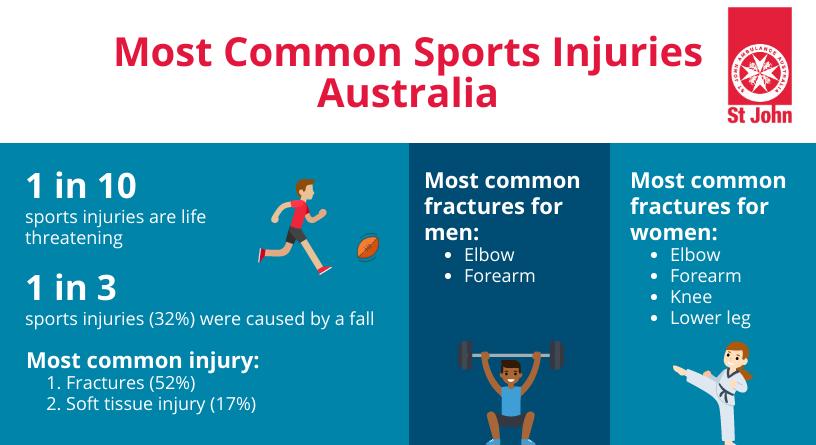
Source: Australian Institute of Health and Welfare Australian Sports Injury Hospitalisations (2020)
First Aid For Australia’s Most Common Sports Injuries
The Australian culture has a robust love for sports of all sorts, so naturally Aussies around the nation spend their spare time participating in one sport or another. In fact, millions of Australians are playing sport each year and the most popular Australian sports include those that are high impact and put excessive strain on your body.
It’s no real surprise that sports injury rates are high and unfortunately for many it is the nature of the game To ensure due diligence is met coaches, trainers and sporting clubs are required to implement procedures to ensure that if a player is injured they are provided with the correct First Aid techniques immediately after an incident occurs.
Follow our guide on how to provide First Aid for Australia’s most common sports injuries below.
Management of Head Injuries (Concussion)
If the casualty is conscious:
- Follow DRSABCD
- Lay casualty down and slightly raise the head and shoulders with a pillow or soft object
If the casualty is unconscious:
- Move into recovery position (on their side)
- Check, clear and open airway
- Monitor and record breathing
- Ensure the head and neck are in neutral alignment when moving in case of spinal injury
- Lift the chin to ensure the airway is open
- If bleeding, examine wounds to ensure there are no signs of a depressed fracture. If there are no signs, compress to control bleeding
- If blood or fluid is discharging from the ear, turn casualty on side and position a sterile dressing underneath ear to drain fluid
- Call triple zero (000) for medical assistance
- Record condition status to report to medical assistance upon arrival
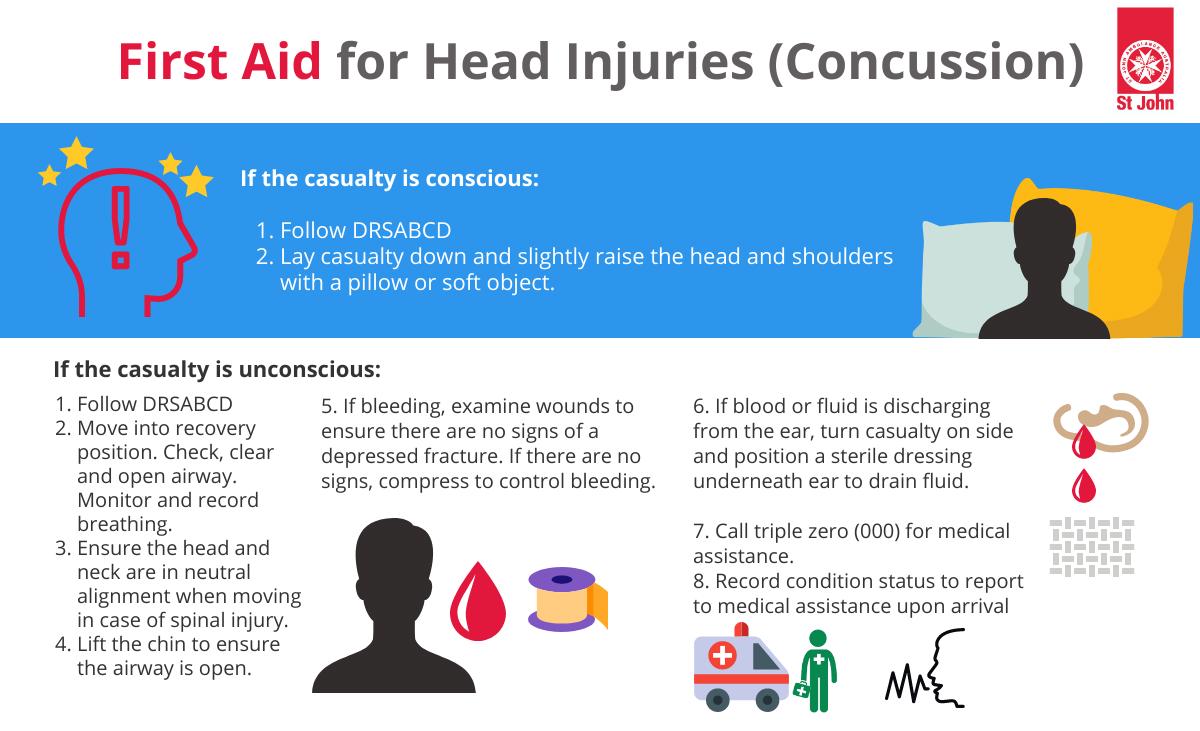
Management of Fractured Nose
- Analyse for a possible neck, head injury or concussion
- Ask casualty to breathe through mouth and not to blow the nose
- Sit the casualty upright and position head slightly forward
- Apply finger and thumb on the soft area of the nose for at least 10 minutes
- Loosen any restricting clothing around the neck
- Apply ice packs or cold, wet towels to the back of neck and forehead
- Seek medical assistance
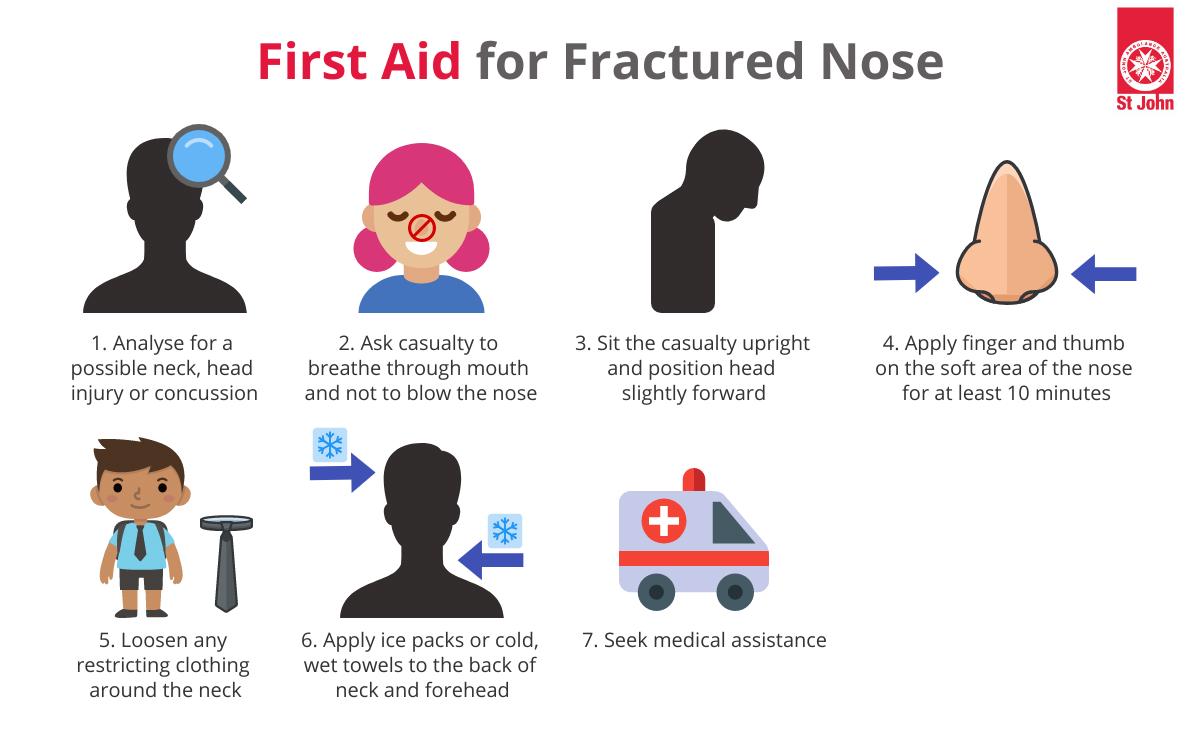
Management of a Corked Thigh (AKA ‘Corky’)
- Follow RICE:
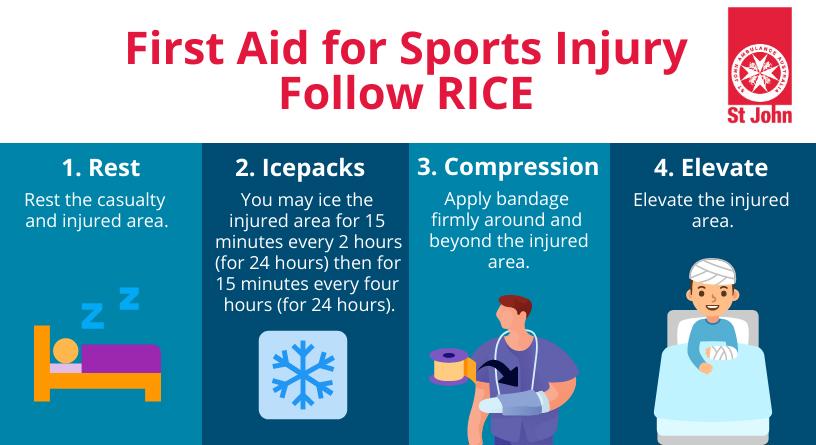
2. Avoid HARM:
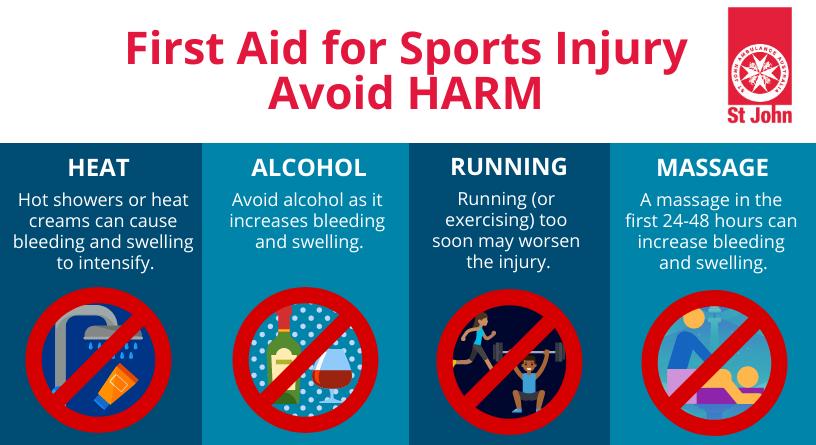
3. Do not stretch muscles
4. Seek medical assistance
Note: it is not advised to take anti-inflammatory medication in the first 48 hours as they have a possible risk of increasing bleeding. Ask your doctor before taking any anti-inflammatory medication
Management of Dislocated Finger or Thumb
1. Apply a ‘buddy-strap’ to the neighbouring finger of the injured finger or thumb 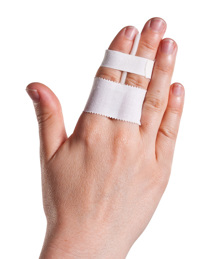
2. Apply an icepack to injured area
3. Elevate the hand
4. Seek medical assistance
Note: do not try to re-position the finger or thumb, this will increase the possibility of a break
Management of a Mallet Finger
- Apply a ‘buddy-strap’ to the neighbouring finger of the injured finger or thumb OR splint the finger
- Apply an icepack to injured area
- Elevate the hand
- Seek medical assistance
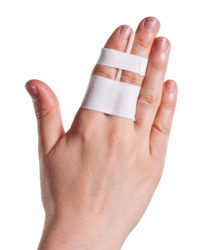 |
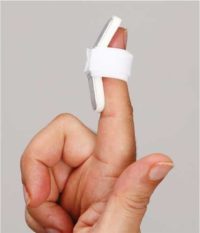 |
| Buddy-strap | Splint |
Note: do NOT try to straighten the finger by pulling
Management of Winding
- Sit casualty down
- Ask casualty to raise arms above their head (this often helps ease breathing)
- Do NOT pump legs or massage abdominal area (this can cause damage if casualty is seriously injured)
- Seek medical assistance if there are no signs of improvement within a few minutes
Management of Muscle Cramps
- Ask casualty to stop all physical activity and retreat to a cool environment if possible
- Carefully stretch the muscle
- Apply icepack
- Massage area softly if this provides relief for the casualty
- Provide water to hydrate
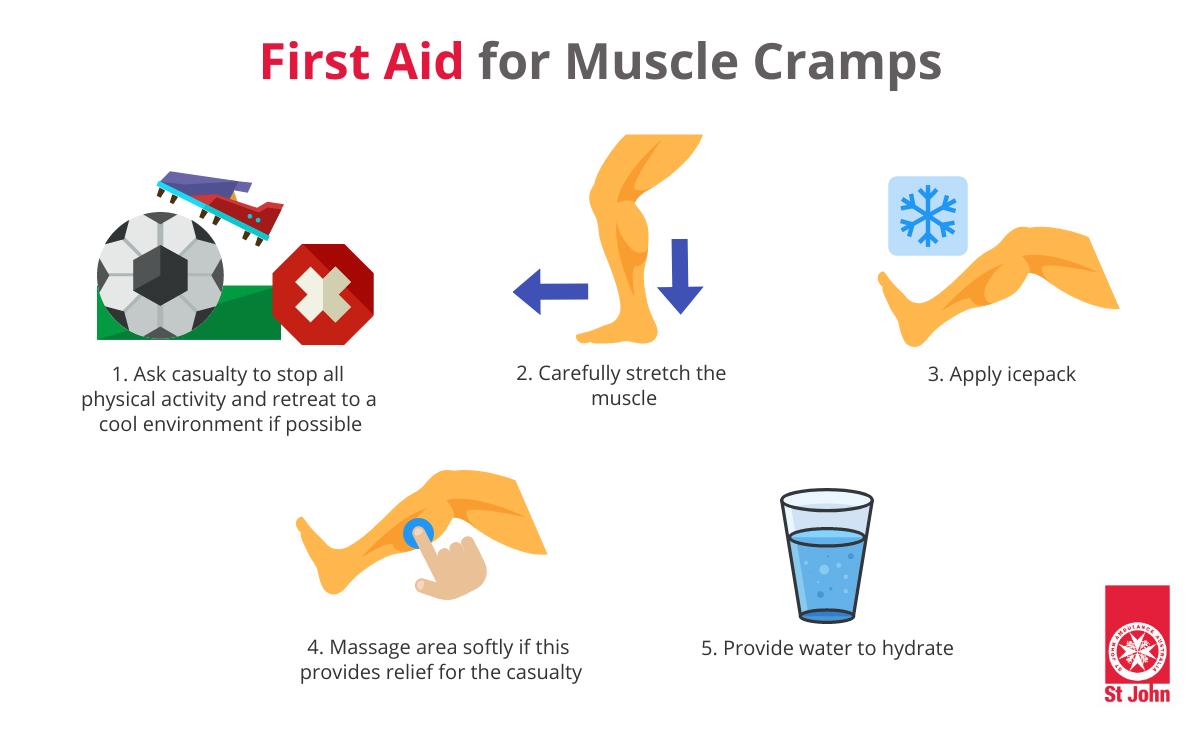
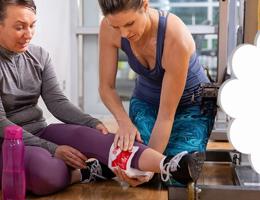
As Australia’s most coveted sporting season approaches it’s important that players, coaches, trainers and sporting clubs are ensuring their team is in pristine physical condition and is not over-exerting themselves to the extent that they are putting their bodies at risk.
Pre-season training is a time to prepare the body and ensure each player is ready to endure heavy hits, strong falls and sudden twists and moves. Adequate preparation throughout the pre-season allows the body to adapt, strengthen and protect itself from what’s to come throughout the sporting season to avoid unnecessary damage.
However, many common sports injuries are caused by unpreventable causes from tackles, falls and jarring, all key elements and frequent events of the game. For many common sports injuries there is not much that can be done to prevent them from occurring which is why it’s so important that coaches, trainers and clubs are prepared to respond with First Aid when an injury occurs.
The speed with which quality First Aid is provided to common sports injuries can have a major impact on the damage caused. By ensuring your club is First Aid ready you’re guaranteeing your team has the best shot possible of playing a winning season and bringing the title home!
Source:
-
https://www.aihw.gov.au/reports/injury/hospitalised-sports-injury-australia-2016-17/contents/summary
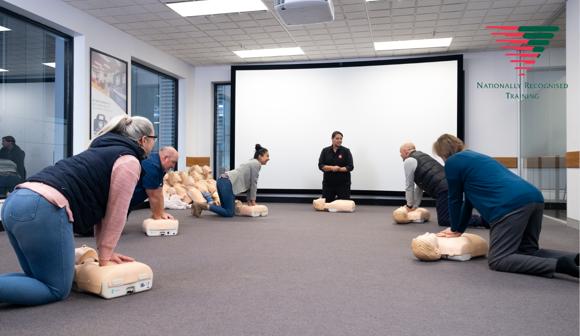
PROVIDE FIRST AID
Learn how to manage a range of common first aid scenarios.
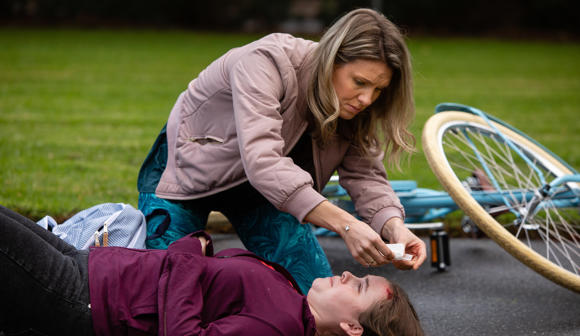
HEAD, NECK, SPINAL, CHEST AND ABDOMINAL INJURIES
Learn how to successfully provide emergency first aid for a casualty suffering a suspected head, neck, spinal, chest or abdominal injury in this interactive online course.
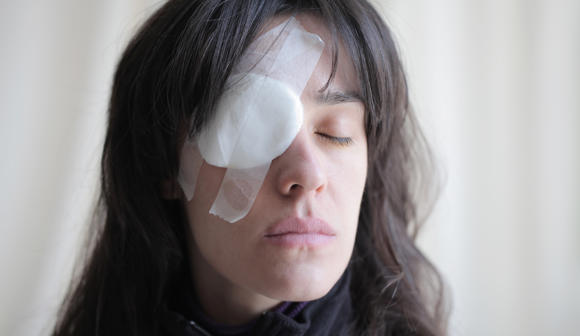
FACIAL AND EYE INJURIES
Learn how to successfully provide emergency first aid to a casualty suffering facial or eye injuries.
